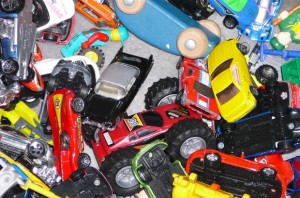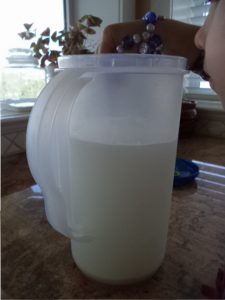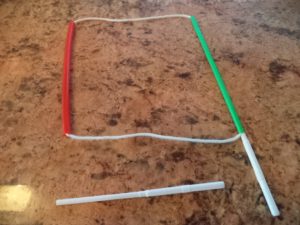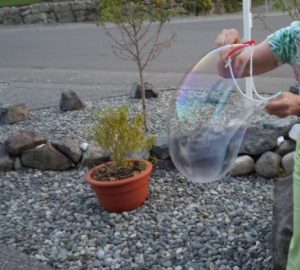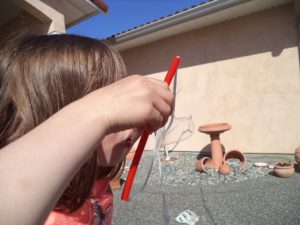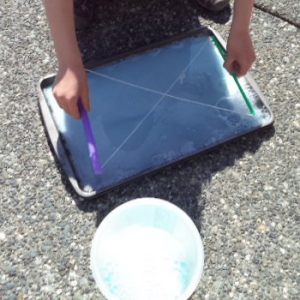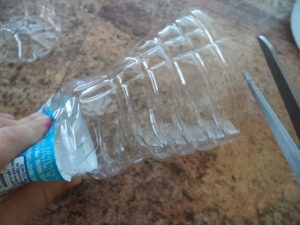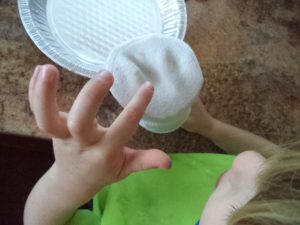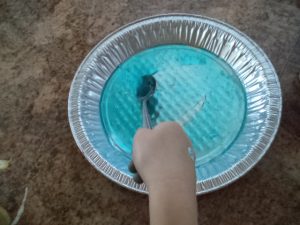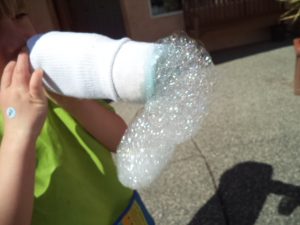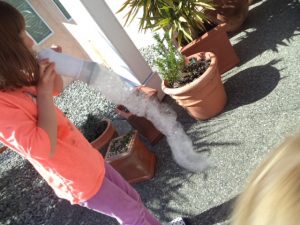Did you know cars and trucks can help kids develop categorizing skills? This is an important brain strategy for coping with lots of information.
Have you ever felt brain overload, especially at the end of the day or when trying to learn something new? Just think of all that’s new for a child to learn. No wonder kids get cranky. To deal with vast amounts of information the brain sorts it and categorizes it. Categorizing shrinks information into more brain-friendly chunks.
Making groups is one of the early strategies kids develop. We’ve seen kids sort their toys into things they think go together, or families. You can also facilitate it by asking questions or making comments. For instance, when your child is playing with cars and trucks you may notice, “I see 2 cars that are red. Are there any other red cars? All these cars are kind of the same because they are red.” Your child may help you find other red vehicles or make a group of another color.
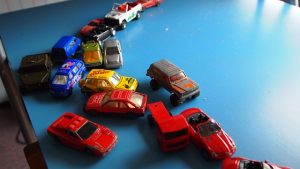
Some groups or categories may seem mixed up to us, but kids have their own ideas. A bunch of cars may be mixed up with trains because they are all the bumpy ones. It’s not always obvious but kids are usually happy to explain. When they are making groups, we can ask if another toy belongs to that family. As kids play, we can occasionally interact and extend their play.
The following quote is from the website Autism Journeys that when teaching kids to categorize, “you are not just teaching a single skill but a system for learning, problem solving and organizing. You are also teaching the foundation for processing, remembering and integrating new information.”
Cars and trucks and other transportation toys are more than toys. They are vehicles for helping kids play and learn categorizing skills.

